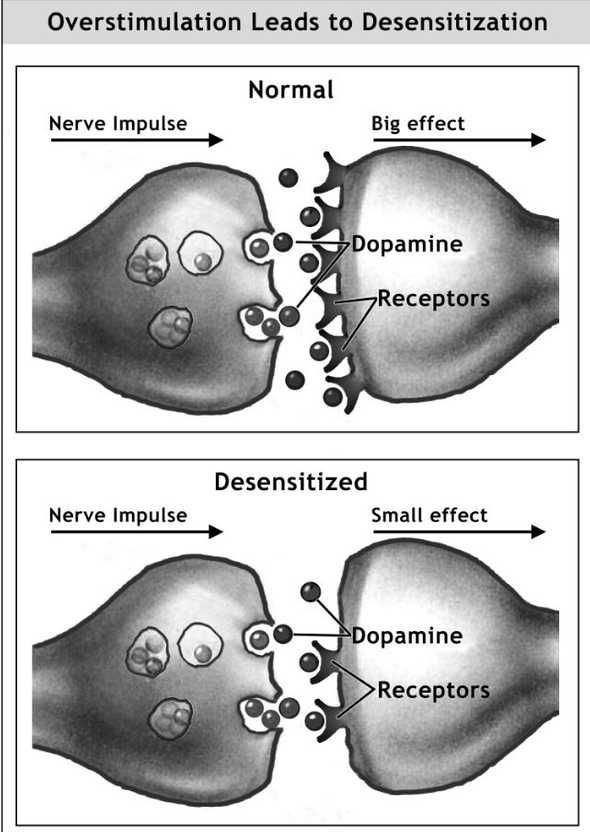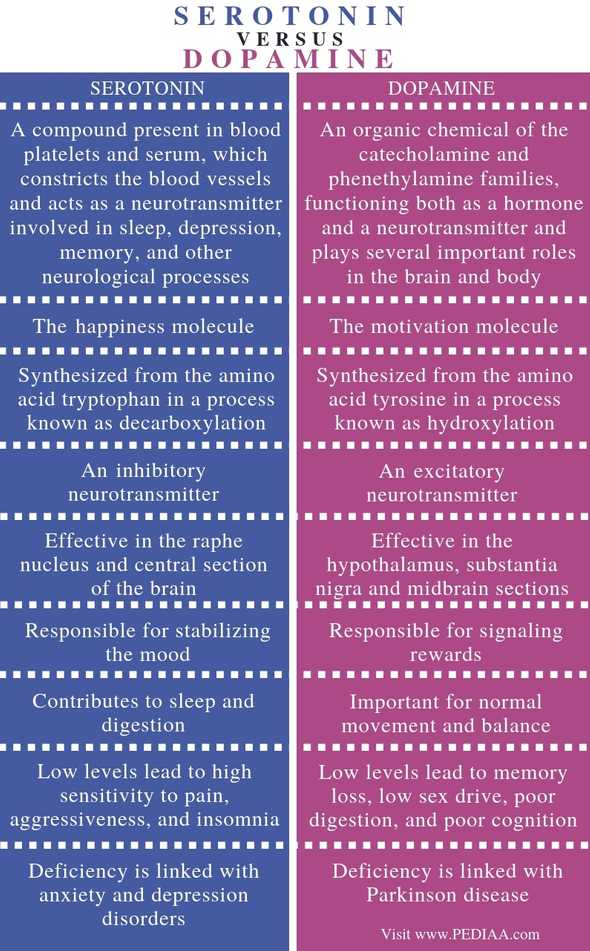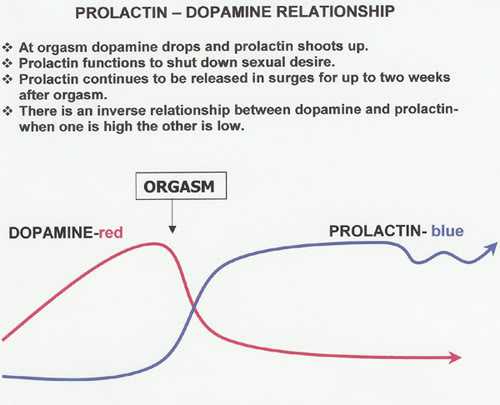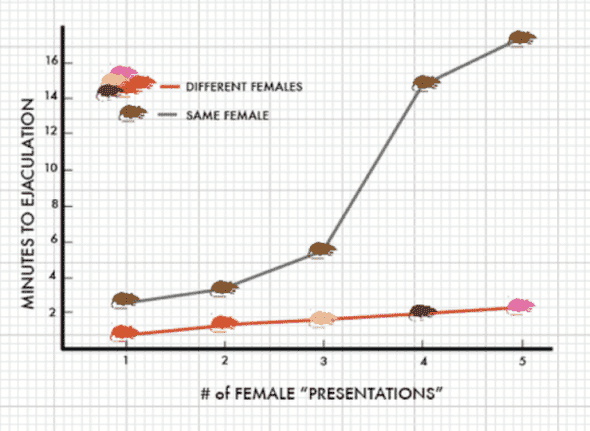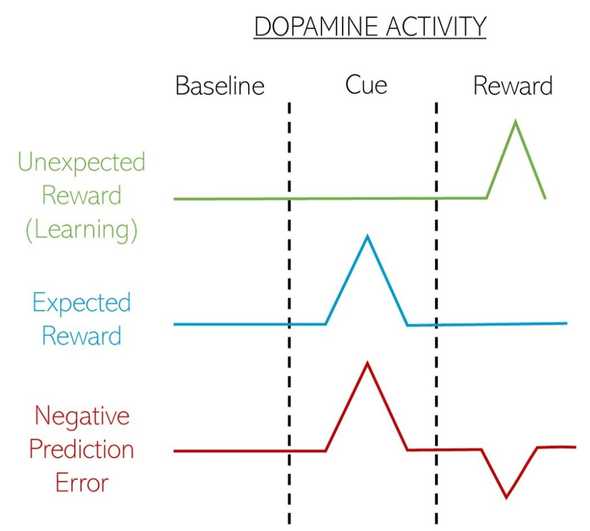Huberman Lab - Motivation and Drive
September 27, 2021
These are notes from Andrew Huberman’s podcast on How to Increase Motivation & Drive
- Dopamine
- The evolutionary purpose of dopamine is to motivate you to do what serves your genes.
- Dopamine is responsible for both motivation and movement towards it.
- Adrenaline/epinephrine creates a bias for action.
- Motivation -> balancing pleasure and pain.
- When we become excited about something in an anticipatory way -> Dopamine increases -> creating a desire to move in the direction of the thing we are craving.
- By anticipating it narrows down our focus towards that particular thing (making it the most important thing).
- Pain
- By repeated action towards a certain thing, after you get achieve it, there is a low-level sense of pain (manifesting as craving to do it again).
- Over time the pleasure you derive from it decreases, and the craving (pain) keeps increasing.
- Dopamine isn’t as much about pleasure, as much as it about motivation & desire to pursue more in order to reduce the amount of pain.
Missing a lover, craving your favourite food, can’t access your drug. The craving you have in these situations manifests itself as physical pain.
The cycle of desensitization mimics other addictions:
bingeing→ cravings→ numbed pleasure response→ cravings→ bingeing escalates→ further decline in dopamine, opioids and their receptors→ further desensitization…
Desire
- Desire ∝ how pleasureful it is to indulge in it.
- Desire ∝ how much pain you experience when you don’t have it.
Serotonin
- Serotonin - molecule of bliss & contentment for what you already have.
- Dopamine - makes you strive for things which you don’t have.
- Marijuana/ Opiods hit the serotonin system, which makes people lethargic -> content with where they are.
- Balance between serotonin & dopamine is required to experience life properly. Being in the here & now, and also making progress towards things you don’t have.
Procrastination
Two types
- enjoy stress when the deadline is close -> have heightened sense of focus. Have bias for action. Leverage internal stress.
- genuinely don’t have enough dopamine release -> can take help of supplements
Prolactin
- Prolactin -> causes lethargy, lack of desire to move. lack of desire to pursue more of whatever released the dopamine.
- Vitamin B6 and Zinc are fairly potent prolactin inhibitor.
- Refactory period is shorter if novelty (newer mates), are brought in. (Coolidge effect)
Dopamine scheduling
- After achieving some major feat, the prolactin level drops. We often ask ourselves the question of What next?. (Post-Satisfaction “Lows”)
- When on a long-term goal, don’t celebrate early and allow that offset to kick-in. Extend the arc of dopamine release.
Occasionally remove rewards from your milestones. Blunt your reward response for some of the intermediate goals to avoid the crash.
Reward prediction error
- If we thing something might happen, and it doesn’t happen there is a big crash in dopamine levels. (Almost like a punishment)
- The single most effective thing to increase dopamine levels is surprise.
Impact of screen time
- Exposure to light/screen time between 10pm - 4am, reduces our capacity to release dopamine.
Resource
Found more resources while deep diving into dopamine.
